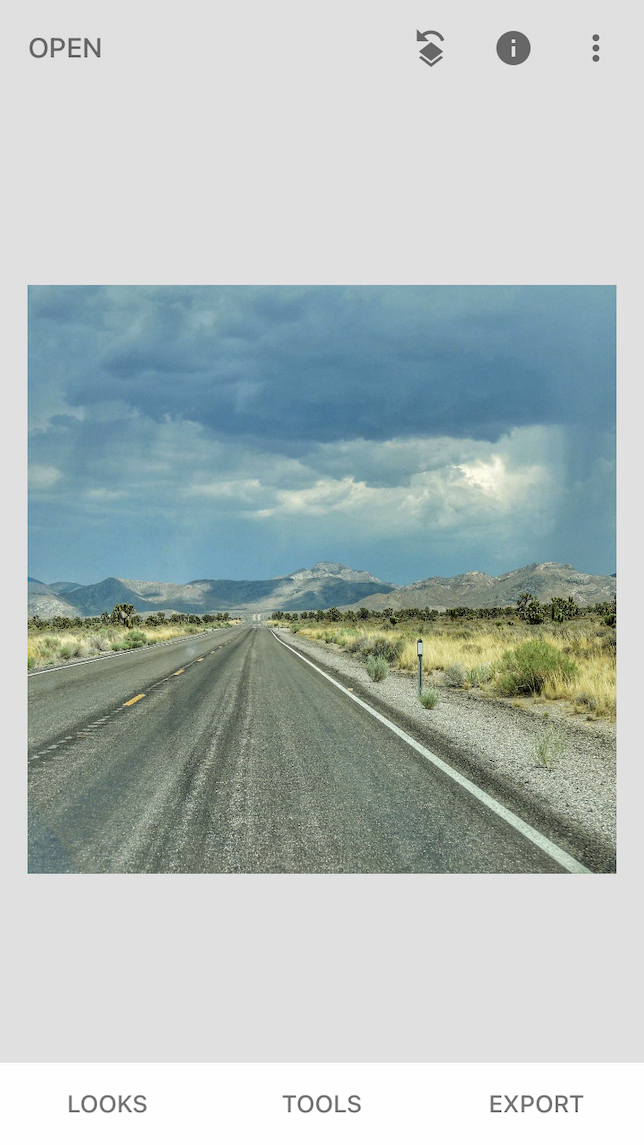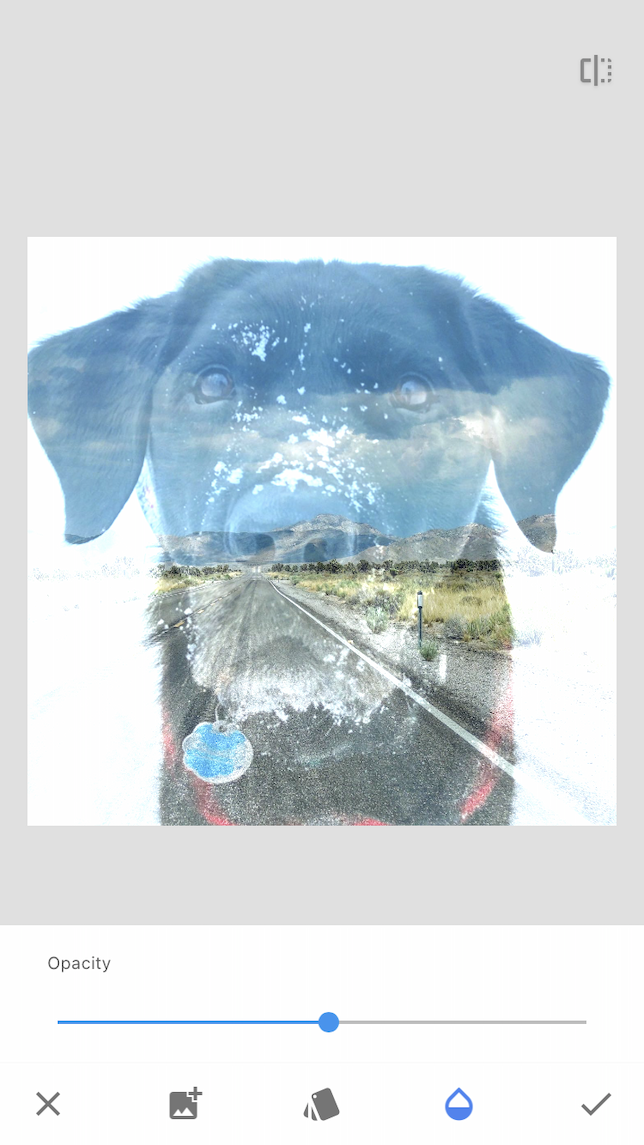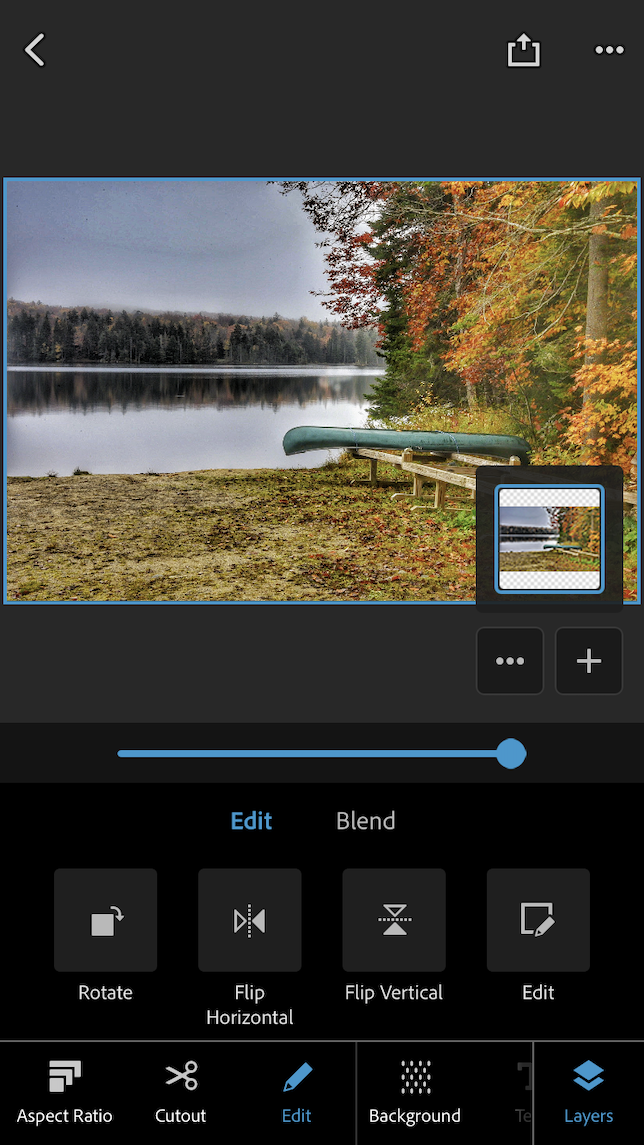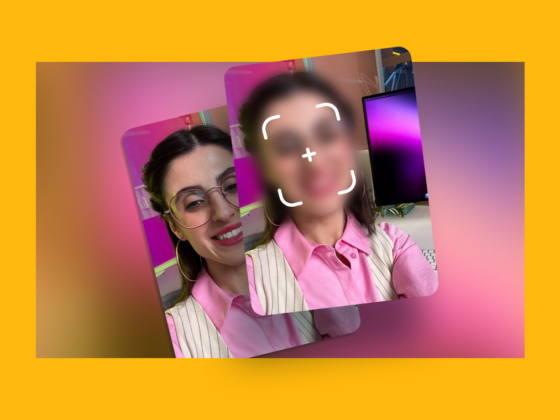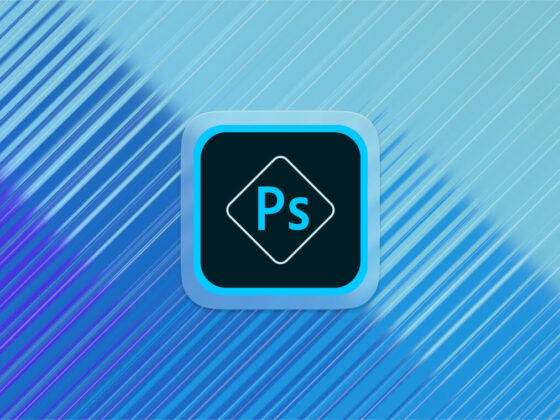If you already love photography and want to combine more than one image to make creative digital art with your iPhone, consider delving into composite photography. Composite images can be so realistic that they look like a single true-to-life photo or so wildly out-there that they look like a fantasy world. Let’s dig into the creative world of composite photography using only your iPhone.
What is composite photography?
Composite photography is the process of combining two or more images to create a new one. In most cases, this is done by “stacking” images using post-processing software or a photo-editing app. Composite photography requires lots of patience and plenty of practice, but it’s a skill worth experimenting with.
What is the difference between editing and compositing?
Technically, compositing is a type of photo editing, but it’s there’s a lot more to it than simply tweaking highlights and shadows or cropping out imperfections. Because compositing involves combining two photos into one, it requires special skills and special software. Many photo editing apps have the ability to do some form of composite photography, but whether or not they do it well is up for debate.
Types of composite photography
The type of composite photography used is based on a photographer’s intention. Are they combining multiple images to create one realistic photo? Is the aim to create a fantasy piece? Or show movement? Here are a few common types of composite photos:
- Images to show movement: Popular in sports photography, these composite photos show how a subject gets from point A to point B in a single photo.
- Images that tell a story: These composite photos can be used in place of a video or series of photos to tell a story or show how to do something.
- Fantastical images: This is one of the most common types of composite photography. These images are completely contrived and show an image that would not be possible in real life.
- Deceptive image: These composite images could be real, but they aren’t. Examples include creating images of a single person from composites of multiple people, creating landscape photos that look real but are actually mash-ups of many different places, and creating imaginary scenarios in a photo-journalistic style.
How to shoot for a composite image
How you shoot a composite image depends on your end goal. Some composite images must be created from photos shot in the same location with the same camera angle in order to capture a single element that is changing in the scene, such as lighting. Here are a few tips to make post-processing easier.
1. Create your concept before you start shooting
It’s much easier to create a composite photo when you have a solid creative concept in mind from the start. This allows you to plan your camera angles, perspective, and lighting in advance so you won’t run into trouble during the editing stage of the composite process. It may be helpful to create a storyboard so you have an overview of how you want your final image to look.
2. Consider light and perspective
In order to create a realistic composite image, you will need to ensure that the lighting and perspective in all of your images match up. If you are using different subjects within the scene, they should be sized to fit into that scene. Exposure settings should also match up so that it isn’t obvious that your image was created from different photos.
3. Use a tripod
Using a tripod is especially important if you are stacking images to capture a single changing element, like the movement of stars, a sunset, or other atmospheric changes. For these shots, you want your camera to remain steady in the same spot for multiple takes. Position your iPhone on a tripod and use a remote shutter so you don’t inadvertently jostle the camera while shooting.
How to create a composite photo in Photoshop for iPhone
The best way to create a composite photo with your iPhone is to use Photoshop Express, a powerful post-processing app that includes the ability to create composite images. Here are the basics:
- Download Photoshop Express and open it on your iPhone.
- Tap Mix.
- Choose a photo to use as the background for your composite image.
- Tap on the + icon below the thumbnail of your first photo.
- Choose the second photo that you want to combine with the first.
- Since you are probably just adding part of another photo, choose the scissors icon that says Cutout.
- Since we’re trying to make this first part easy, choose Subject, which will cut out the main subject of your second image.
- Tap Aspect Ratio and choose a size from the menu.
- Use your pinched thumb and forefinger to resize the subject to match the perspective of the background.
- When you are happy with the results, tap the upload icon to save your composite photo to your Camera Roll.
Composite photography ideas to try
Composite photography is a combination of your creative vision for a shot and the technical expertise that you’ll need to achieve it. If you are new to composite photography, it can feel overwhelming. But if you start small and work toward a bigger vision, you really can get some pretty amazing effects. Here are some ideas to help you get started.
1. Experiment with double exposures in Snapseed
The Double Exposure tool in the Snapseed app is an easy way to play around with composite images using photos you already have on your phone. This type of composite photography is best for creating digital art and is not meant to look overly realistic. To create a composite image using Snapseed:
- Download and open the Snapseed app.
- Choose a photo from your library.
- Tap Tools and then Double Exposure.
- Select the photo icon with the plus in the corner to add a second image.
- Use the filters and opacity slider to make subtle adjustments to your image.
- Tap the checkmark when you have finished creating.
- Choose Export to save your new composite photo.
2. Create a fanciful image using your imagination
One of the coolest aspects of composite photography and digital art in general is the ability to use photography and editing techniques to create artistic images and renditions of scenes you could previously only imagine. With composite photography, you can give wings to your favorite horse. Or create mythological creatures, add the Eiffel tower to the New York City skyline, and so much more. The only limitation is your own creativity.
3. Add yourself to your favorite landscape photo
This one is surprisingly simple. First, take your favorite landscape photo, like a forest photo or one from the beach, and upload it to Photoshop. Next, do the same with your favorite portrait. Combine these two images using the Photoshop technique mentioned above to create realistic or fanciful images of yourself in beautiful locations. You can even practice with stock images if you don’t consider yourself a landscape photographer!
If you are looking for a new photography medium that combines your love of photography, art, storytelling, and editing, try experimenting with composite photography. You may be surprised by how much you love it.



